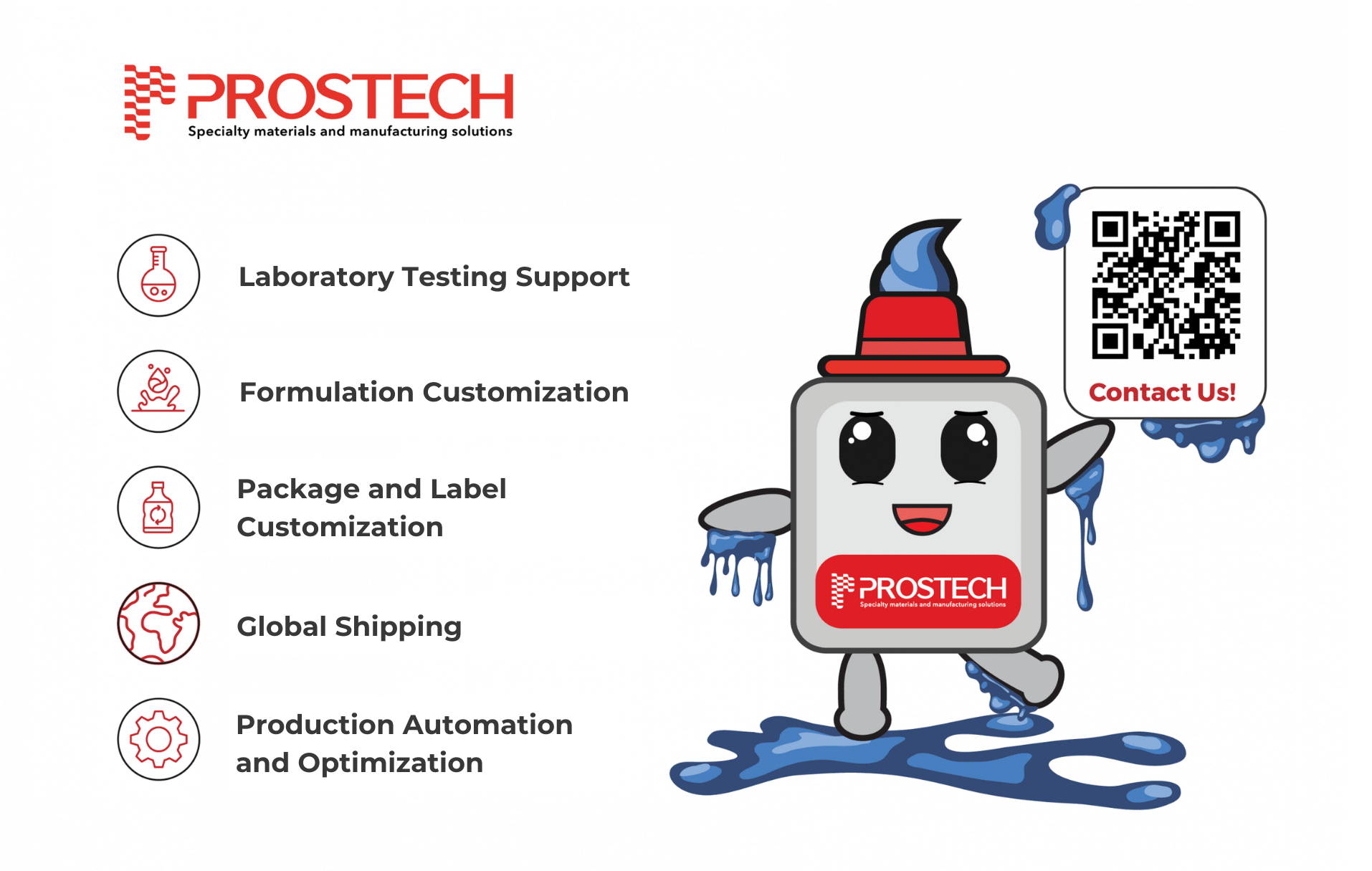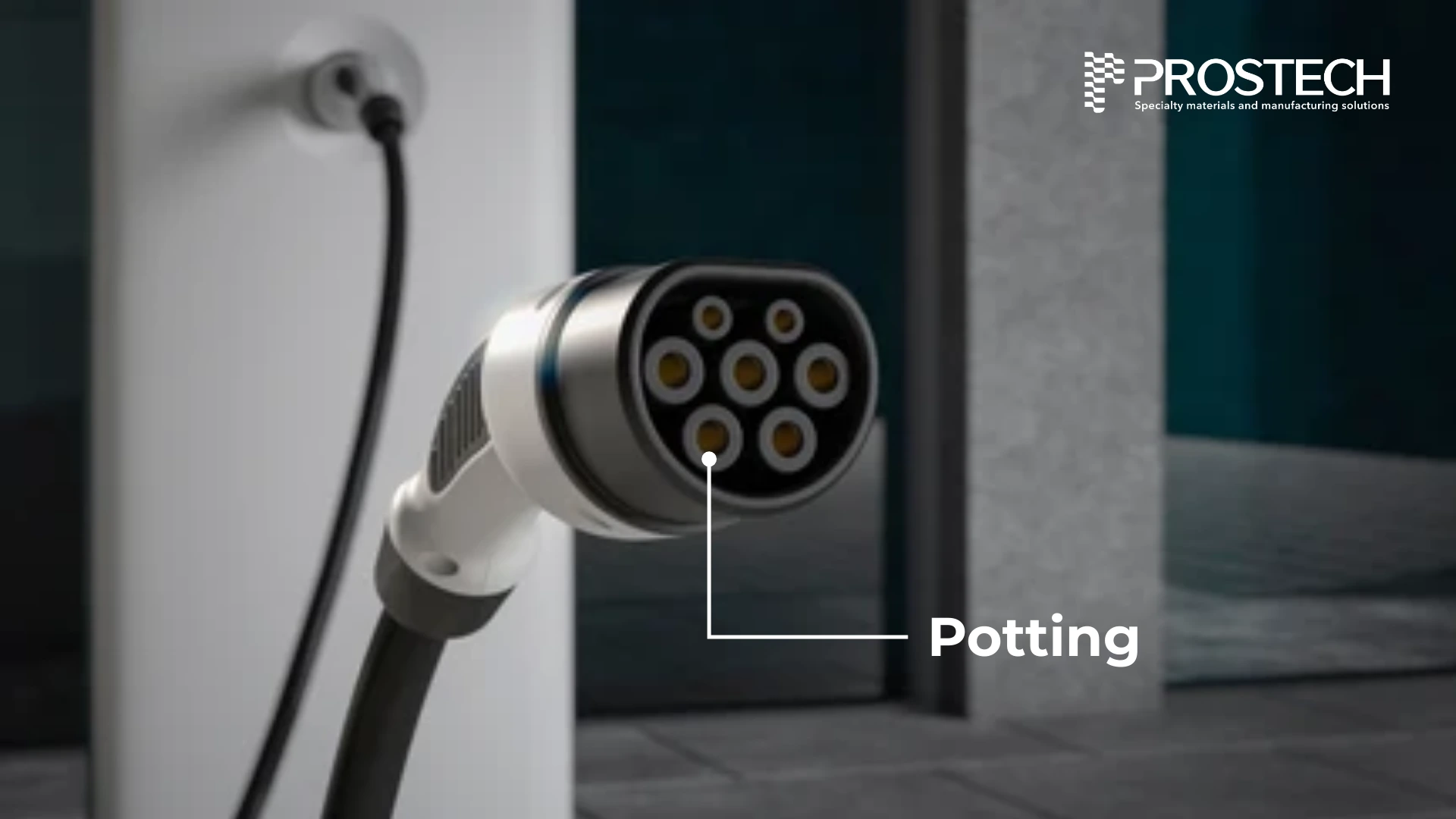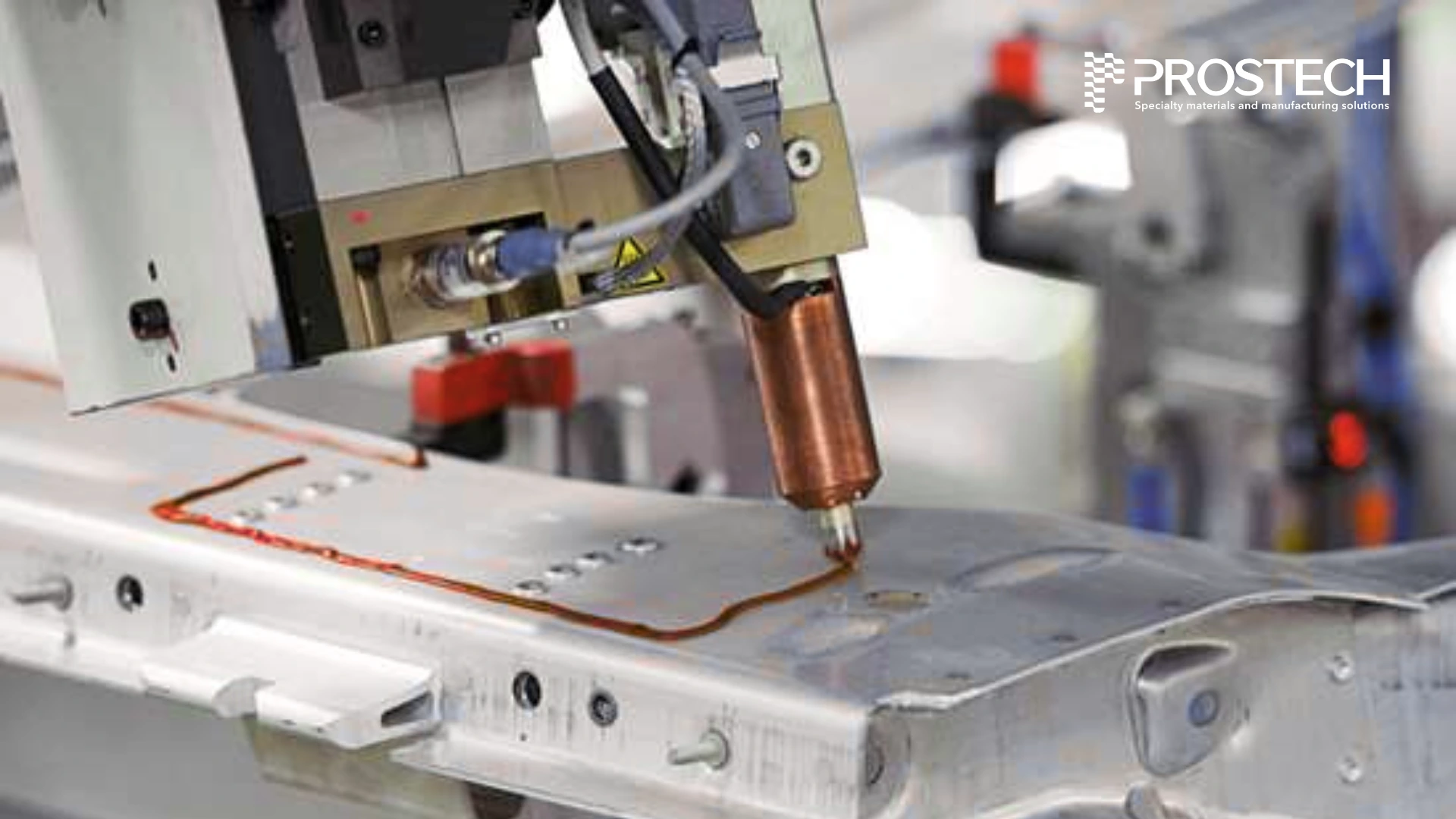Stainless steel is a material of choice across industries for its strength, corrosion resistance, and sleek appearance. From architectural cladding to kitchen appliances and automotive trim, it plays a critical role where both mechanical integrity and surface aesthetics matter. However, one persistent challenge in stainless steel assembly is tarnishing and discoloration—especially near the joints. Structural adhesives offer a solution that not only ensures strong, durable bonds but also helps maintain the pristine appearance of stainless steel surfaces. In this blog, we explore how structural adhesives contribute to tarnish-free bonding of stainless steel, and what makes them an optimal choice for high-performance applications.


The Problem with Traditional Bonding Methods
Stainless steel is often joined using mechanical fasteners (such as rivets, screws, or bolts) and welding techniques (like TIG or spot welding). While these methods are proven in terms of mechanical reliability, they introduce significant challenges, particularly in applications where appearance and long-term surface integrity are critical, such as:
- Localized heating and surface discoloration: Welding involves high-temperature arcs or resistance heating, which can locally disturb the protective chromium oxide layer on stainless steel. This disruption can lead to oxide scaling or heat tinting, loss of corrosion resistance in the heat-affected zone (HAZ) or post-processing requirements like pickling, passivation, or polishing to restore the surface.
- Galvanic corrosion from dissimilar metals: Using mechanical fasteners made from a different metal (e.g., zinc-coated steel bolts on stainless steel sheets) can create a galvanic cell when exposed to moisture. This results in electrochemical corrosion at the junction, staining or rust-like streaks around the fastener heads and accelerated degradation in marine or humid environments. Even with protective coatings, this galvanic mismatch is a common cause of premature failure or cosmetic defects in stainless assemblies.
- Stress concentrations and surface damage: Mechanical fastening requires drilling or punching holes into stainless steel components, leading to localized stress points, which can become initiation sites for cracks or fatigue failures under load. When working with thin-gauge stainless steel, drilling can also lead to warping or deformation during assembly. Moreover, the fastening process often leaves visible surface imperfections such as scratches, burrs, or dents, which compromise the visual appeal and surface integrity of the final product.


Having trouble with your current bonding solution? Contact us today for a free consultation!
Why using Structural Adhesives for stainless steel bonding?
Structural adhesives offer a modern and efficient alternative to traditional joining methods such as welding, riveting, or screwing—particularly in applications involving stainless steel bonding. Unlike mechanical or thermal bonding techniques that often introduce heat, surface stress, or aesthetic flaws, structural adhesives deliver high-performance bonding while maintaining the material’s original integrity and appearance.
These adhesives are specially formulated to withstand high mechanical loads, thermal expansion, and harsh environmental exposure such as humidity, chemicals, and vibration—making them ideal for industrial, architectural, and consumer-grade applications.
Benefits for stainless steel bonding:
- Tarnish-Free Bonding: No heat is involved, minimizing the risk of surface oxidation or color change.
- Uniform Stress Distribution: Adhesives spread load over a larger area, reducing the chance of distortion or fatigue.
- Clean Surface Aesthetics: No visible fasteners or weld marks, preserving the sleek, polished look.
- Corrosion Protection: Adhesives act as a sealant, blocking moisture ingress and reducing corrosion risk at the joint.
View all Structural Adhesives products
Choosing the Right Adhesive for Stainless Steel Bonding
Not all adhesives are suitable for the challenges posed by stainless steel bonding. Due to its naturally low surface energy and passive oxide layer, stainless steel can be difficult to bond without the right formulation. Moreover, factors such as long-term load-bearing performance, exposure to moisture or chemicals, and aesthetic requirements all influence the choice of adhesive. Here’s a closer look at some of the most effective adhesive types used in structural bonding of stainless steel:
1. Epoxy-Based Structural Adhesives
Epoxies are among the most widely used structural adhesives for bonding metals, offering a combination of mechanical strength, thermal resistance, and chemical stability. They are typically available in one-part or two-part systems:
▸ One-Part Epoxy Adhesives: These are pre-mixed and cured using heat (usually between 120–180°C). They offer:
- Precise curing control in industrial production lines
- Long shelf life in uncured form
- Minimal shrinkage, reducing internal stress on stainless components
- High temperature and chemical resistance, ideal for demanding environments
▸ Two-Part Epoxy Adhesives: These cure at room temperature upon mixing resin and hardener, offering:
- High bond strength, especially in shear and peel forces
- Excellent durability, resisting moisture, solvents, and vibration
- Versatility in application, from small component assembly to large panels
- Gap-filling ability, accommodating minor surface irregularities
Looking for a high-performance adhesive solution for stainless steel bonding? Prostech offers a versatile range of epoxy adhesives engineered for strength, reliability, and surface integrity. The ET539X series from Permabond offers a versatile range of room-temperature curing epoxies engineered for strength, reliability, and surface integrity:
- Permabond ET5390 is a general purpose stainless steel bonder.
- Permabond ET5392 is ideal for joints exposed to high peel stress or impact
- Permabond ET5393 is a fully toughened, rapid-curing epoxy with exceptional peel strength.All grades are available in convenient 1:1 dual cartridges, making application simple and consistent. The adhesive is mixed automatically through a static mixer nozzle and cures at room temperature—with the option to apply heat for faster curing when needed.
Property | ET5390 | ET5392 | ET5393 |
Key Feature | General purpose stainless steel bonder with long pot life. | Semi-toughened, high peel strength, long pot life. | Fully toughened, very high peel strength, rapid curing. |
Mixed Appearance | Charcoal paste | Grey paste | Green |
Mixed Viscosity @ 25°C | 75,000 mPa.s Thixotropic | 100,000 mPa.s Thixotropic | 125,000 mPa.s |
Maximum Gap Fill | 3 mm | 4 mm | 2 mm |
Usable / Pot Life | 2-4 hours | 2 hours | 15- minutes |
Shear Strength (mild steel) | 17-22 MPa | 22- MPa | 18- MPa |
Shear Strength (stainless steel) | 17-26 MPa | 23-33 MPa | 16-26 MPa |
Peel Strength | – | 100-110 N/25mm | 180-0 N/25mm |
2. Structural Acrylic Adhesives
Acrylics are known for their rapid cure speed, tolerance to surface contamination, and strong adhesion to metals, even those with passivation layers like stainless steel. Key characteristics include:
- Fast fixture time (often within minutes), enabling high-throughput manufacturing
- Excellent bond strength on oily, coated, or lightly oxidized surfaces
- Minimal surface preparation required compared to epoxy
- Improved aesthetics, as no heat or discoloration is involved during bonding
- Some modern acrylics come in no-mix or bead-on-bead systems, simplifying dispensing and reducing operator error.
Need help selecting the best structural acrylic adhesive for your stainless steel bonding? Talk to our technical team today for expert recommendations tailored to your process and performance requirements.








